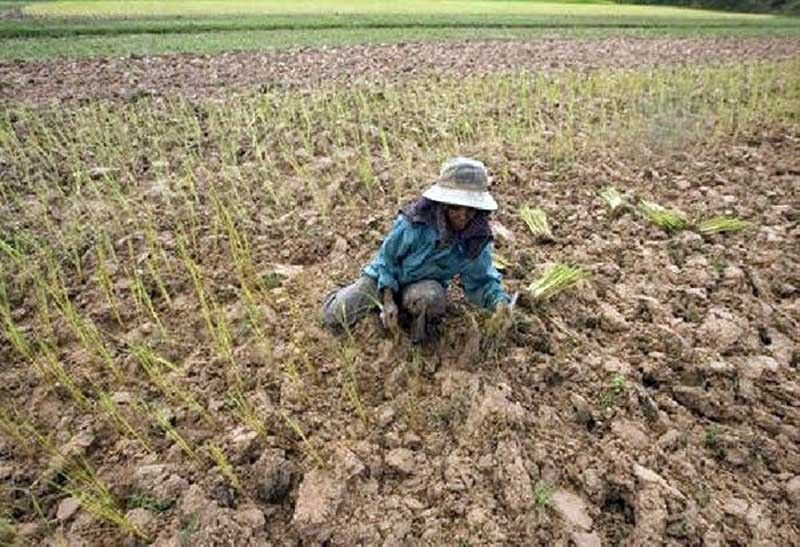Fitch unit: Expect Philippine rice imports to turn pricey if El Niño worsens

MANILA, Philippines — Expectations of rice prices shooting up in Southeast Asia could hamper the Philippines’ import plans if the effects of El Niño worsen than what was initially projected.
BMI, a unit of the Fitch Group, made this assessment on Thursday since they project the global rice market will start shorting up supply throughout the 2023-2024 season. To this, the research firm expects price struggles to continue.
“...But we draw attention to the now-confirmed El Niño as posing a downside risk to our outlook for global output and an upside risk to prices, to those of major Southeast Asian rice exporters in particular, which will support prices in the interim,” the emailed commentary read.
As it is, economic managers of the Marcos Jr. administration expect the Philippines to ride out the weather phenomenon relatively unscathed since they left growth targets untouched in their previous meets.
The Philippines looks to its regional and global trading partners when supply pressures abound. This was the case in 2022 when certain commodities were short in supply, the Marcos Jr. administration turned to import measures to plug gaps and curb price pressures.
The Fitch Group unit said that their projection hinged on a global rice surplus in 2024 and 2025 will stay well below averages seen before the pandemic back in 2020.
If this development is realized, this could send the Philippines’ import plans sideways. Nicholas Antonio Mapa, senior economist at ING Bank in Manila, projected that the Philippines could turn to free trade agreements to stockpile rice supply if it falls short.
“...Although the onset of El Niño is projected to negatively impact food production, we note that this will be the first occurrence post-RCEP implementation with the government able to bring in additional supplies should palay output drop substantially,” he said in an emailed commentary on Wednesday.
The Philippines ratified to join the China-backed Regional Comprehensive Economic Partnership in February. Upon signing the country’s membership, the national government indicated that RCEP commitments kept preferential tariffs on most of the 1,718 agricultural tariff lines.
Even then, this weather phenomenon strained farm production across the Philippines in past years. The previous Duterte administration reckoned that losses from the dry spell hit P8 billion back in May 2019. Rice output pencilled in production losses of P4.04 billion, which impaired over 140,000 farmers and starved out 140,000 hectares of arable land.
Leonardo Lanzona, an economist at Ateneo De Manila University, lamented that depending on imports will not be ideal since rice prices will still not retreat.
“This is the case, even if RCEP goes into full swing, especially because the country is already trading with Viet Nam and Thailand which sell rice at relatively lower prices,” he said.
Lanzona explained the only way to keep the price of rice in check is to improve production to boost local supply. State statisticians pegged that seasonally-adjusted palay production in the first quarter hit 5.02 million metric tons, improving 2.6% compared to the previous quarter.
“The El Niño however will affect every exporter in any country, including the Philippines. Hence, rice prices are unlikely to decrease,” Lanzona added.
- Latest
- Trending





























